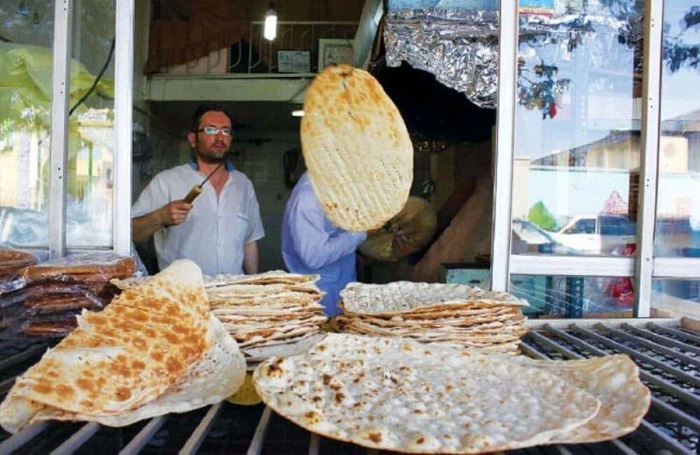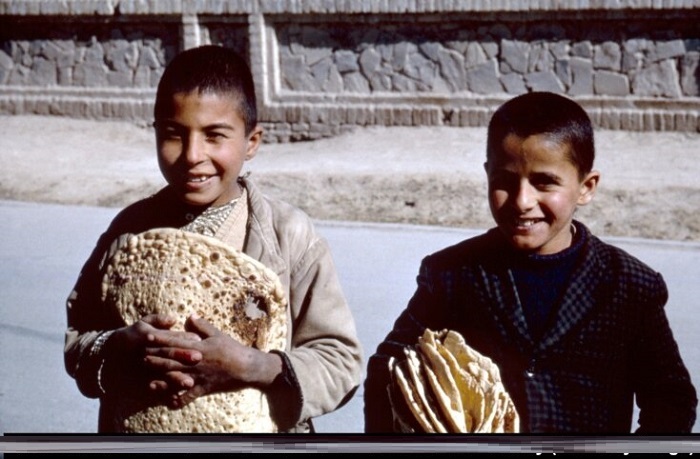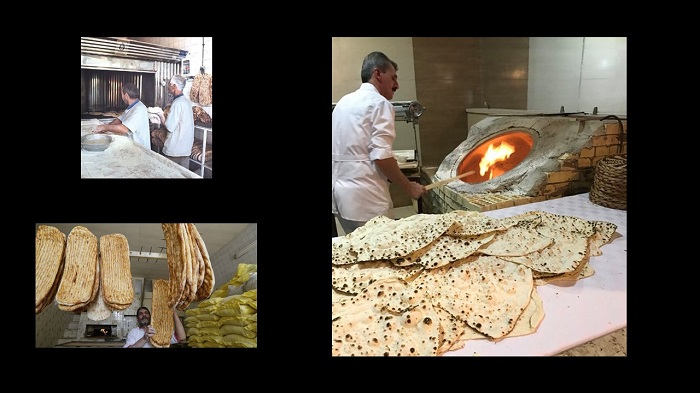
Bread, a staple food item for Iranians, has recently witnessed a significant surge in prices, leading to rising concern and unrest among the populace.
Bread, a staple food item for Iranians, has recently witnessed a significant surge in prices, leading to rising concern and unrest among the populace. The escalating cost of living due to the inflation in bread prices is causing a significant burden for citizens in Iran.
As reported by the IRGC-run Fars news agency on July 25, the price of bread in Mashhad, a major city in Iran, has escalated by 40%. Subsidized bread varieties, including Barbary and Taftun, traditionally sold at lower prices, have seen significant price hikes, with some reaching up to 1,200 and 900 tomans, respectively.

Prices for popular Sangak bread have jumped from 1,400 to 2,000 tomans, with even the half-subsidized Khorasani Barbary bread escalating from 1,300 to 1,800 tomans.
This drastic increase in bread prices stems primarily from the government’s decision to increase the guaranteed purchase price of wheat from farmers. The government under Ebrahim Raisi allegedly sought to support farmers by fixing the price rate at 18,000 tomans per kilogram, almost double the market price of 9,000 tomans.
In parallel, the government monopolized domestic wheat purchases, exporting surplus wheat to generate revenue, while swapping crude oil for foreign wheat. This action significantly inflated the price of wheat reaching consumers.

Another factor contributing to the price surge is increased domestic demand for bread, a consequence of people’s struggles to afford other food items.
Further exacerbating the situation, the government removed subsidies on foreign currency for wheat imports, forcing importers to procure foreign wheat at market exchange rates. This action drove up costs directly impacting bread prices. As a result, many Iranians are finding it difficult to afford their daily bread. This increased demand creates a supply-demand imbalance, which inevitably inflates the prices further.
Additionally, the government’s decision to hike prices of rationed bread (coupon-based) has impacted the cost of the locally produced “Fantasy bread.” Flour for this bread is now priced at 380 tomans per kilo, triple the previous rate, as local and industrial bakers use market-priced flour.

This surge in bread prices is not new in Iran’s history, often triggering protests and social unrest.
A notable instance is the 1942 Bread Riot, when the people’s grievances reached a tipping point, leading to mass protests and attacks on political figures and institutions.
This imbalance between the needs of the people and the regime’s priorities points to an imminent shift in the balance of power. As the impoverished ranks continue to grow due to the regime’s mismanagement, the question is not if, but when, this transformation will occur.
MEK Iran (follow us on Twitter and Facebook), Maryam Rajavi’s on her site, Twitter & Facebook, NCRI (Twitter & Facebook), and People’s Mojahedin Organization of Iran – MEK IRAN – YouTu

